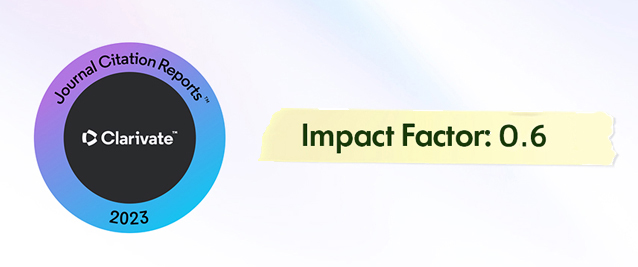Abstract
Maritime transport is one of the traditional alternatives for moving heavy loads around the world. Providing long ranges with high capacity and low costs are regarded to be the most important superficies of the marine transport. However, similar to the other transporting fa-cilities some environmental impacts arise from shipping and port operations. Waste reception facilities are essential in order to minimize and manage the environmental impacts on marine ecosystems. This work aims to evaluate the practices at a waste reception plant serving for iron and steel industry. In the study, the maximum waste amounts were determined individually for all types of vessels handled at the port. The calculated quantities of ship sewage, solid waste, bilge, sludge, and waste oil were approximately 17483, 59, 616, 1715, and 123 m3/month, re-spectively. The actual and calculated amounts of ship-sourced solid waste were found to be 607 and 708 m3/year, respectively. The closer values indicate that the current disposal facility is sufficient for the management of solid wastes. On the other hand, a significant difference was found between the actual and calculated data for liquid waste. The present situation and ways to improve the overall efficiency of the plant were evaluated in detail within the study.














